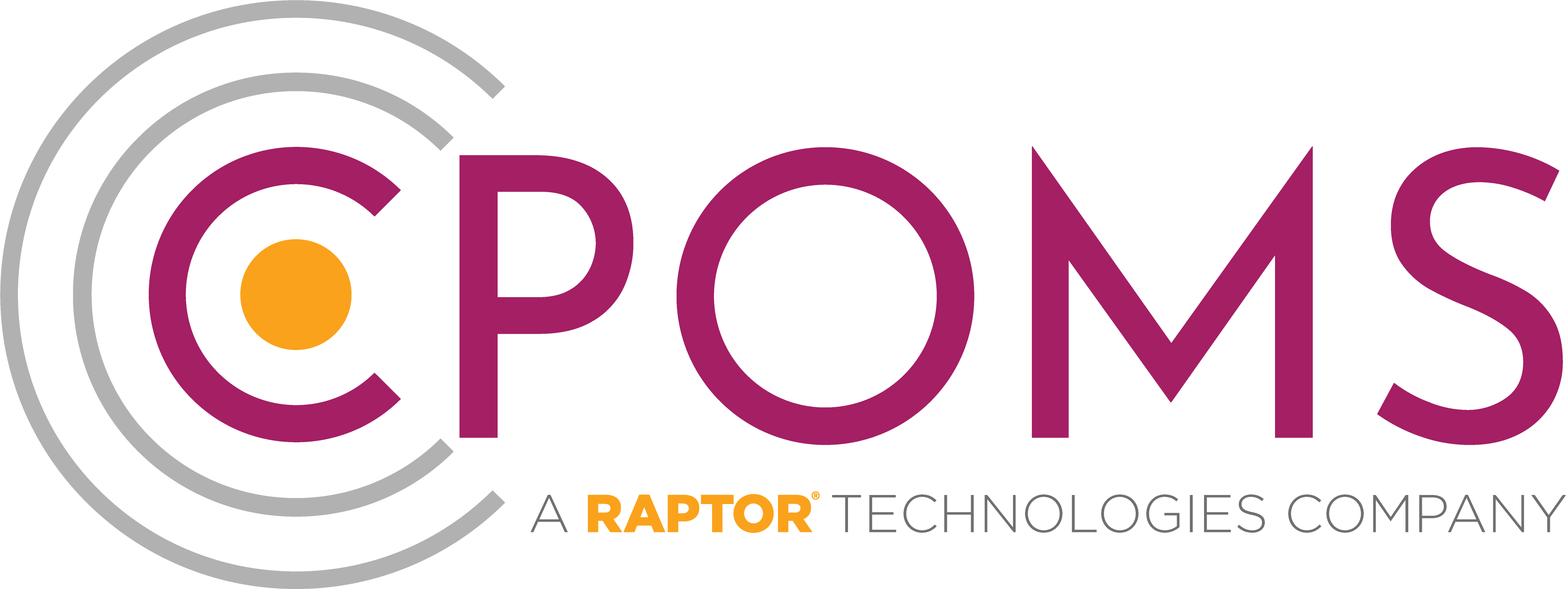With the New Year comes the start of a new school term, giving teachers and students the chance to reset for the year ahead. But, with teacher stress levels at a high, and strikes and the testing economic climate dominating headlines, it is now more important than ever for schools and local authorities to invest in effective safeguarding software.
Released at the end of last year, The Annual Report of His Majesty’s Chief Inspector of Education, Children’s Services and Skills outlines the current challenges that schools are facing that will undoubtedly impact safeguarding capabilities. The report acknowledged that the lasting impacts of Covid-19 as well as the current cost of living crisis, will continue to influence safeguarding capabilities in education settings.
Alongside this, an annual survey of wellbeing of school staff in England, Scotland, Wales and Northern Ireland, published before Christmas by the charity Education Support, found stress had reached epidemic proportions among heads, with 87% of senior leaders saying they had experienced poor mental health as a result of their work, and 58% saying they had actively sought to change or leave their jobs in the past year.
The challenges that are currently facing the education sector are almost certainly having an impact on both staff and students, which is why effective monitoring of safeguarding is more important than ever.
Recent cases of safeguarding failure
Despite a greater focus on monitoring safeguarding and wellbeing in schools, there are still cases of safeguarding failures that demonstrate the importance of investing in effective safeguarding software – particularly software that improves the communication between agencies.
In recent months a number of high-profile cases have been reported which have raised concerns over the effectiveness of safeguarding protocols within educational and local authority settings. In October 2022, a review of the murder of five-year-old Logan Mwangi found that despite early concerns being raised, these were failed to be shared early enough between the relevant safeguarding agencies to spot the signs that Logan was in an unsafe environment. Despite being high profile, cases like this highlight that there are still examples of clear failures and signal the need for improved monitoring of concerns and sharing of information between different agencies.
Referrals to social services are on the rise
At the end of 2022, it was reported that the number of children being referred to social services from schools reached a record high, up 50 per cent in the last eight years. The rise in referrals reflect years of government cuts to schools and local authorities and highlights the need for schools to focus on early intervention and consistent logging of safeguarding concerns. And, once a referral is made, social services will require evidence from the school of a young person’s safeguarding history – this process is made much more seamless and accurate with safeguarding software.
How CPOMS can help monitor safeguarding
Safeguarding software like CPOMS can help make the process of monitoring safeguarding concerns much more efficient for teachers to ensure that early concerns are spotted and logged promptly. CPOMS also saves time for teachers and education staff as concerns can be logged in one place and data can be pulled efficiently from the software to present a full chronology of an individual’s circumstances.
CPOMS Engage simplifies the sharing of pupil chronologies between schools and local authorities, removing information silos and creating a more effective safeguarding process between agencies.
As we continue into 2023 and the impacts of the uncertain economic and political climate continues to be felt, there are clear benefits to more effective logging and monitoring of safeguarding and wellbeing concerns. For more information on how CPOMS can help, contact our team.



